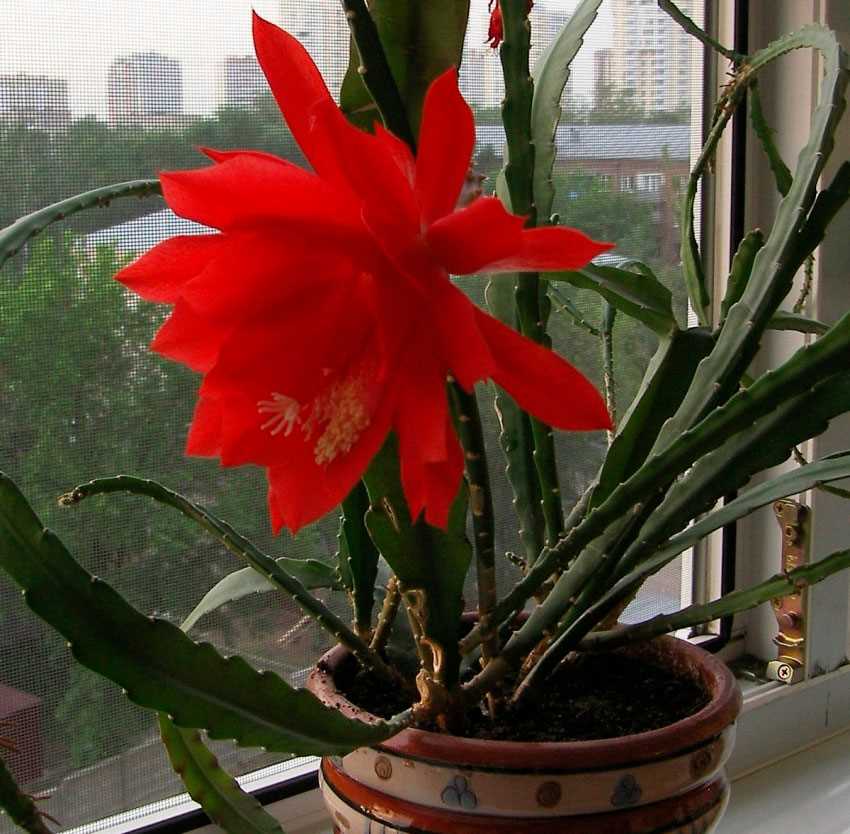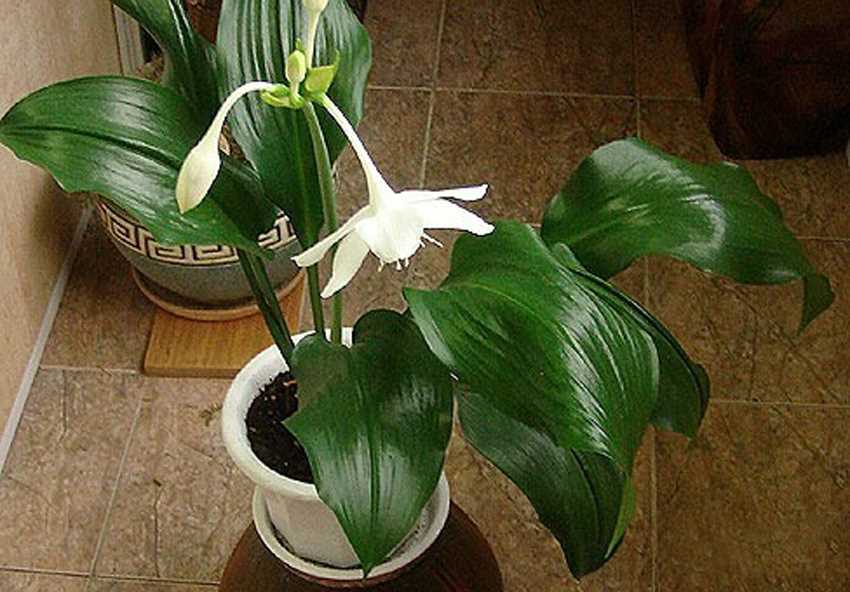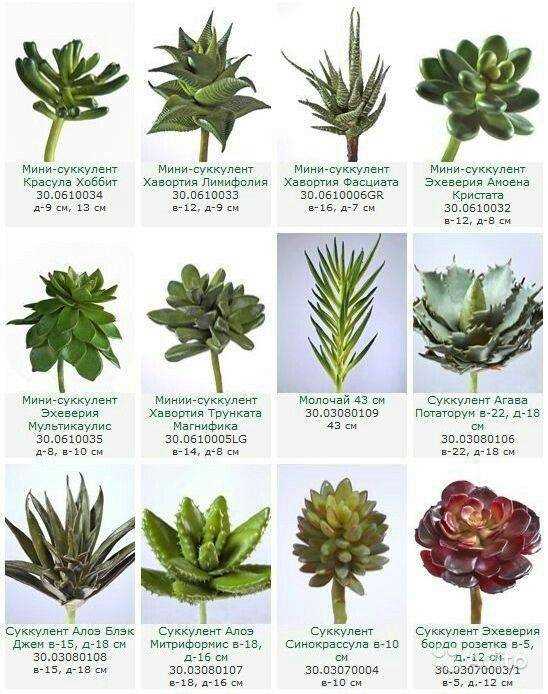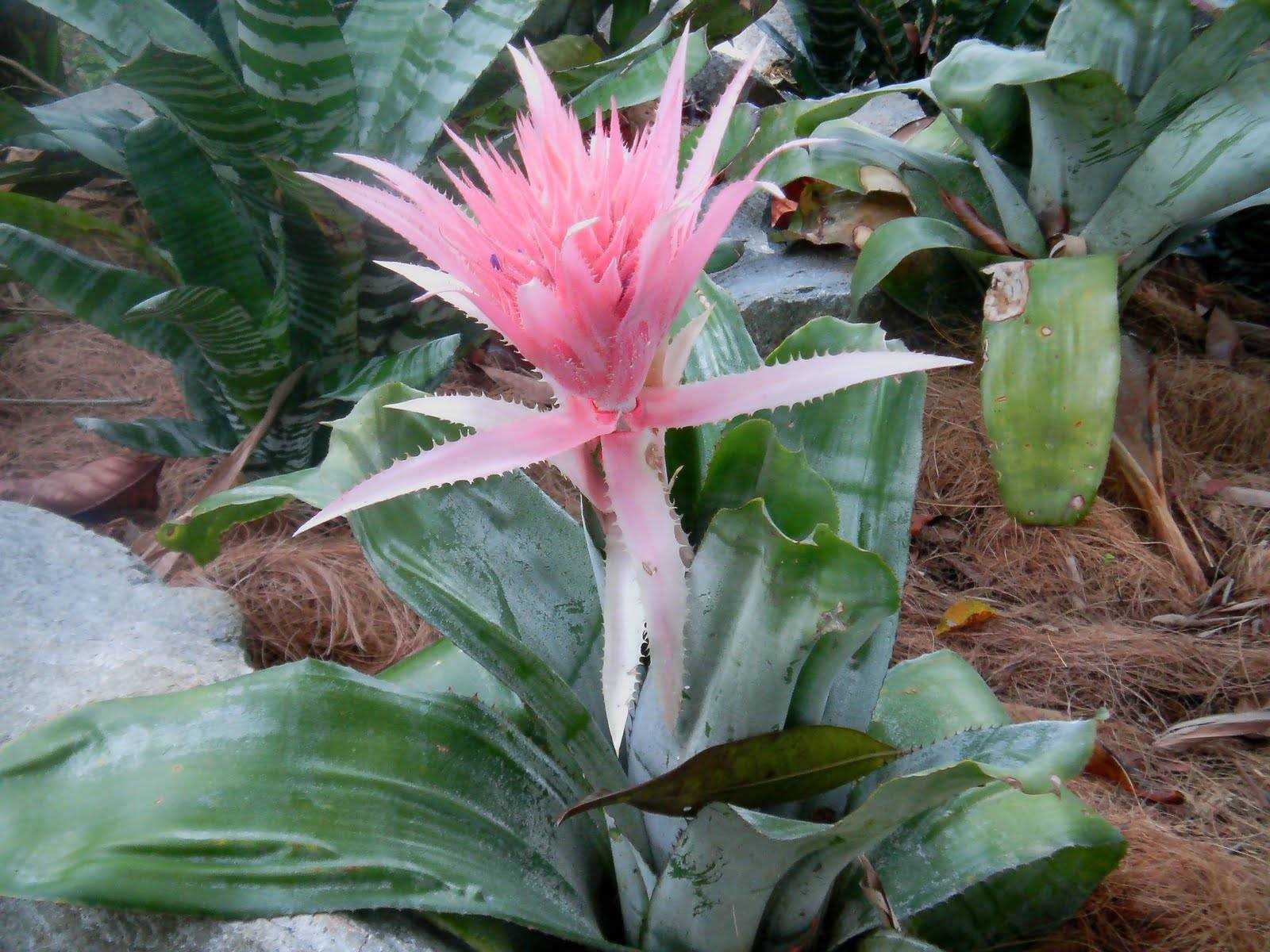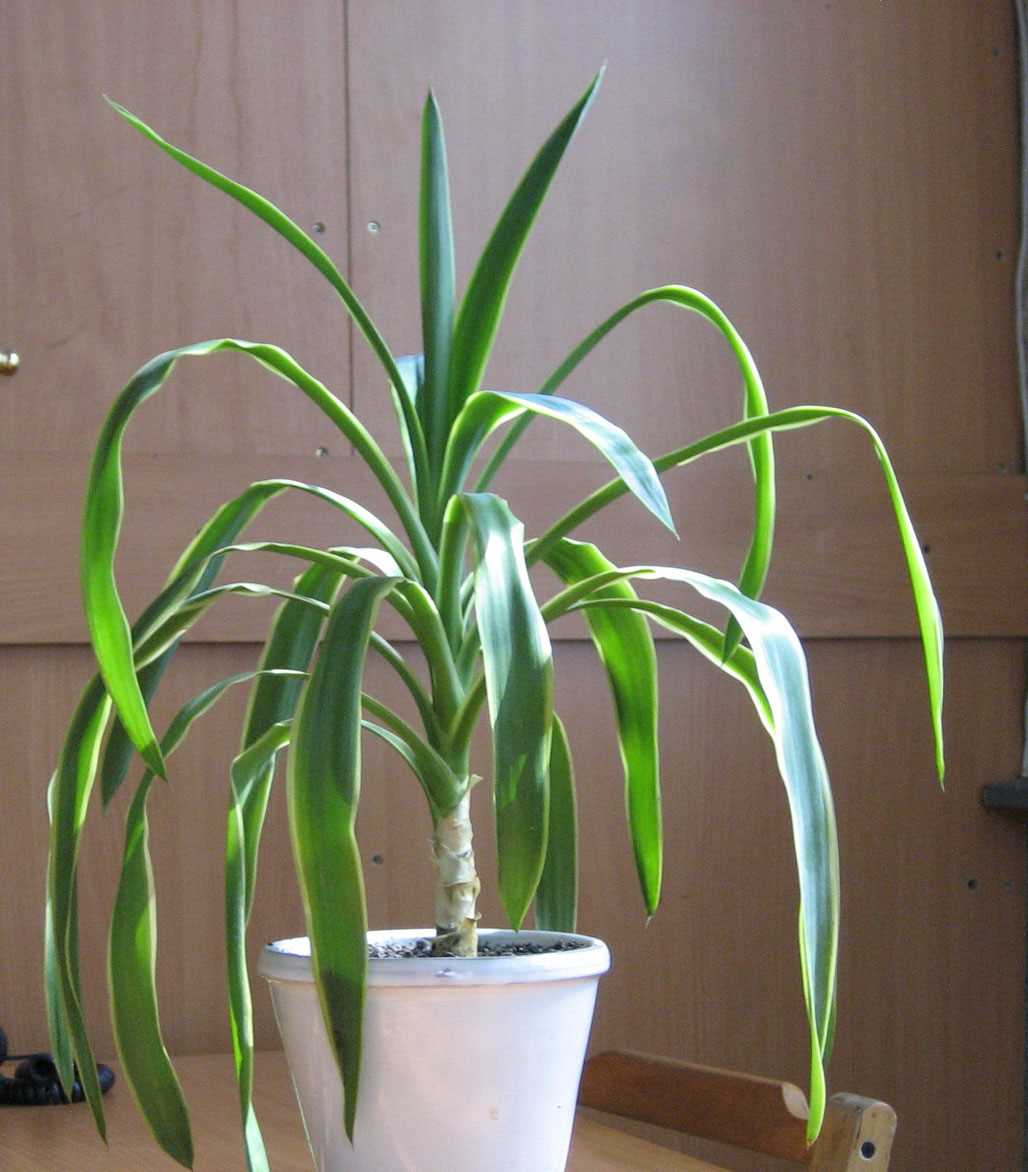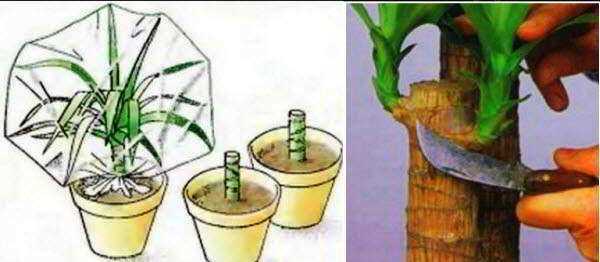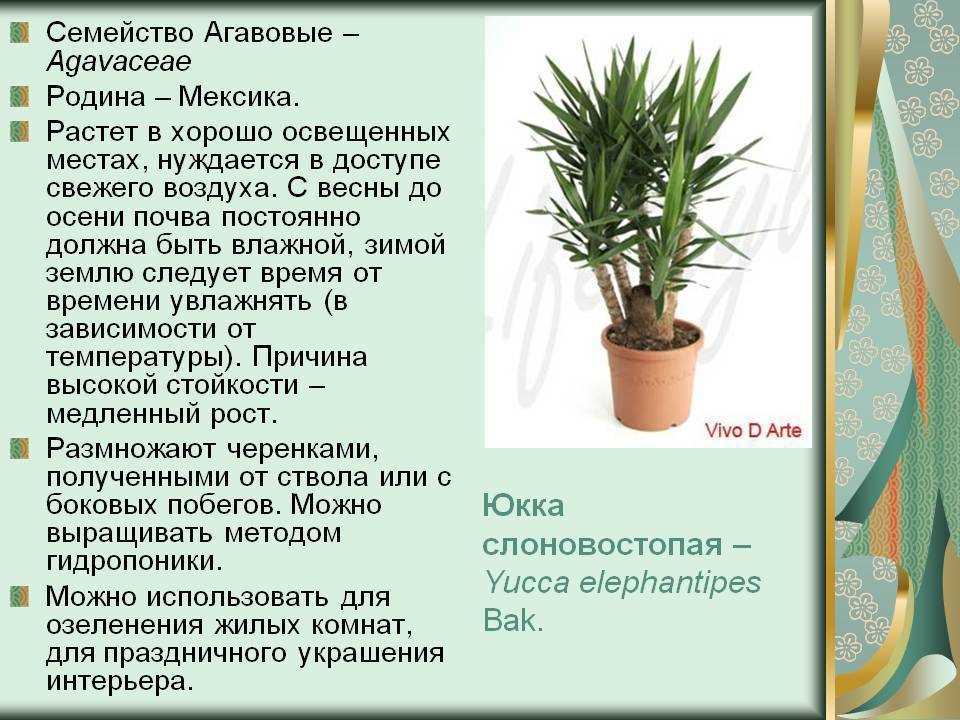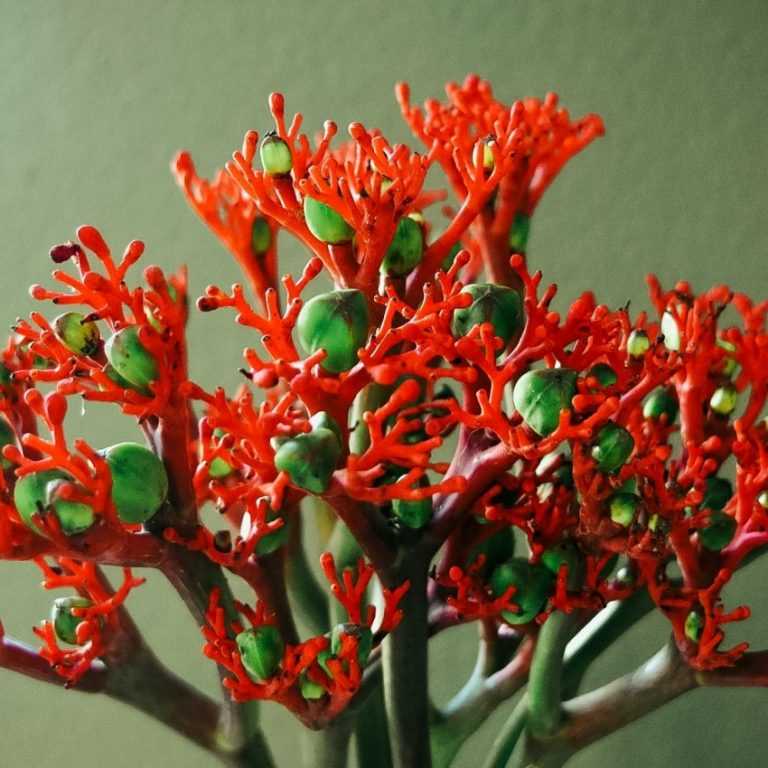- Выбор подходящего места
- Правильное освещение для фикуса
- 1. Натуральное освещение
- 2. Дополнительное освещение
- 3. Продолжительность освещения
- Оптимальная температура для роста
- Влажность воздуха: важный аспект ухода
- Полив: режим, частота и объем
- Удобрение: как и когда применять
- Какое удобрение выбрать?
- Когда применять удобрение?
- Как правильно применить удобрение?
- Обрезка и формирование кроны
- Борьба с вредителями и болезнями
- Пересадка растения: несколько советов
- Выбор подходящего горшка
- Подготовка грунта
- Правильная техника пересадки
- Размножение фикуса: простые способы
- Зимний уход: что нужно знать
- Температура и освещение
- Полив
- Удобрение
- Притирка листьев и опрыскивание
- Как создать оптимальное микроклиматическое окружение
- Температура
- Влажность воздуха
- Освещение
- Вопрос-ответ:
- Фикусу необходимо яркое освещение, но без прямых солнечных лучей. Температура должна быть комфортной для человека, примерно 20-25 градусов. Важно обеспечить повышенную влажность воздуха, можно использовать увлажнители или регулярно опрыскивать растение водой.
- Для фикуса подходит универсальный грунт для комнатных растений или смесь листовой земли, перегноя и песка, взятых в равных пропорциях.
- Частота полива зависит от сезона и условий содержания. В летний период фикус поливают чаще – примерно раз в неделю. Зимой частота поливов снижается, и растение поливают гораздо реже – раз в 2-3 недели.
- Фикус можно удобрять в период активного роста, примерно раз в две недели. Для этого используют специальные удобрения для комнатных растений, следуя инструкции на упаковке. Удобрения можно наносить как на грунт, так и на листья растения.
- У фикуса могут возникнуть следующие проблемы: опадение листьев, желтизна листьев, засыхание концов листьев. Причинами этих проблем могут быть неправильный полив, недостаток или избыток света, неподходящая температура или влажность воздуха. Установление правильных условий ухода поможет решить эти проблемы.
Фикус — это растение из семейства личиевых, которое очень популярно в декоративном оформлении интерьера. Однако, чтобы ваш фикус радовал вас своей красотой и здоровьем, нужно предоставить ему правильный уход.
Одной из важнейших составляющих здоровья фикуса является правильный режим полива. Как и большинство комнатных растений, фикусу нужна умеренная влажность почвы. Подзагрунтовая вода не должна задерживаться в горшке, а также не должно быть пересыхания почвы. Фикус активно растет весной и летом, поэтому в это время полив должен быть более щедрым, а осенью и зимой – умеренным.
Одним из главных преимуществ фикуса как комнатного растения является его способность адаптироваться к различным условиям содержания. Фикус довольно выносливый и не требует особого ухода. Однако, чтобы он сохранял свою красоту и здоровье, необходимо регулярно проводить обрезку. Обрезка стимулирует рост боковых побегов, делая растение красивым и густым.
Также для фикуса важно обеспечить правильную температуру и освещение. Растение предпочитает умеренную температуру воздуха, от 20 до 22 градусов Цельсия. Оно также нуждается в ярком, но рассеянном свете. Избегайте попадания растения под прямые солнечные лучи, так как они могут вызвать ожоги на его листьях.
Выбор подходящего места
Для того чтобы ваш фикус оставался здоровым и красивым, необходимо выбрать правильное место для его размещения в доме.
Фикусы предпочитают яркий рассеянный свет, но не переносят прямых солнечных лучей. Поэтому оптимальным местом будет подоконник с северной, восточной или западной стороны.
Важно учитывать, что фикусы не любят сквозняков и перепадов температур. Поэтому следует избегать размещения растения рядом с кондиционерами, батареями или открытыми окнами.
Также для фикуса важна влажность воздуха. Идеальное значение составляет около 50%. Поэтому не стоит размещать растение рядом с обогревательными приборами или другими источниками сухого воздуха.
Надо помнить, что фикусы обладают развитой корневой системой, поэтому для них необходимо предоставить достаточно пространства. Размер горшка должен быть таким, чтобы корни растения имели достаточно места для роста и развития.
Правильное освещение для фикуса
1. Натуральное освещение
Фикусы любят яркое, но рассеянное светлое освещение, поэтому лучше всего разместить их в помещении с большими окнами на восток или запад. В идеале растение должно получать утреннее или вечернее солнце, чтобы избежать прямого попадания солнечных лучей в середине дня, что может привести к ожогам листьев.
2. Дополнительное освещение
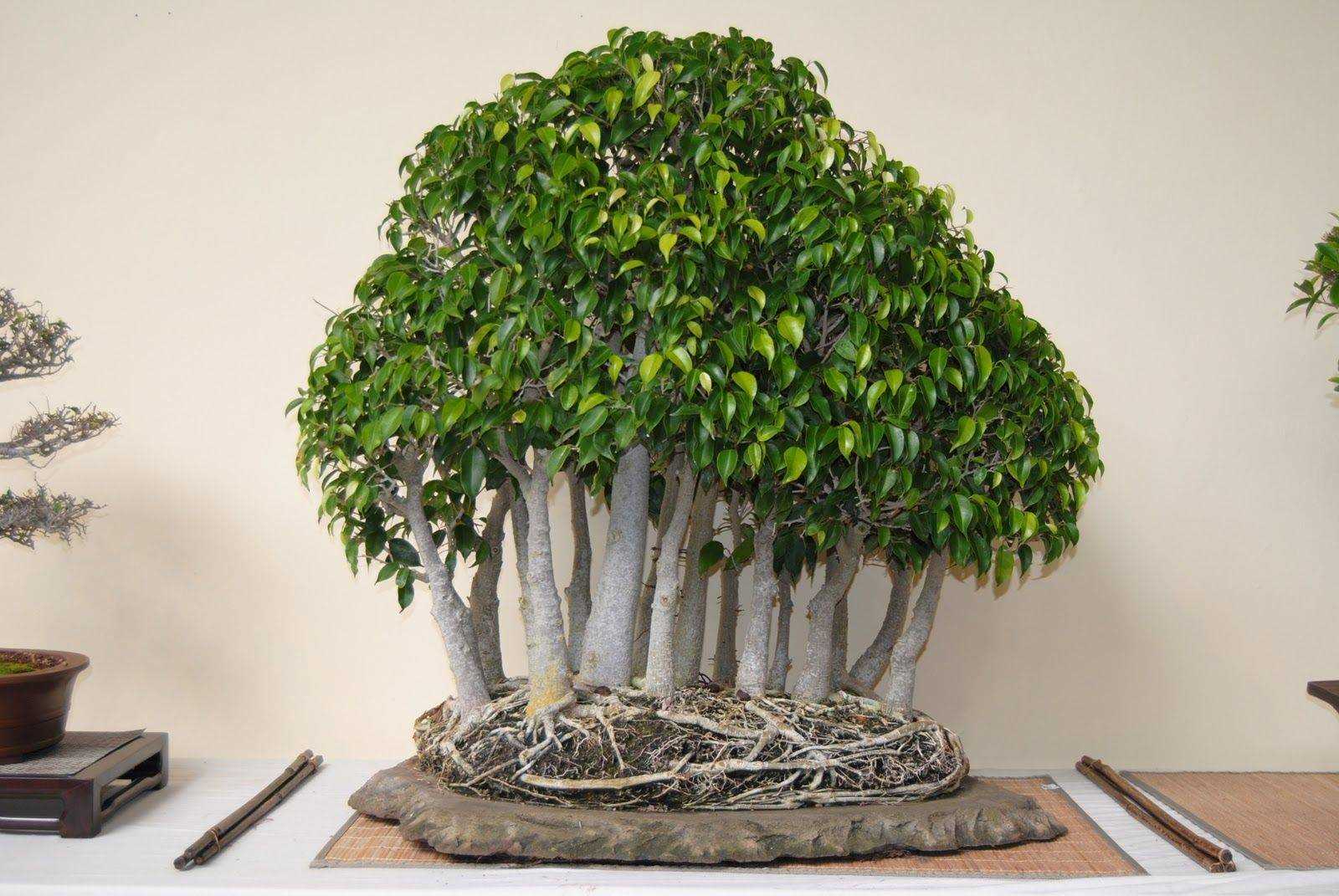
Если в вашем доме нет хорошего естественного освещения или фикус не получает достаточно света, можно использовать дополнительные источники освещения. Лучше всего подходят люминесцентные или LED-лампы с холодным спектром света. Расположите их над растением на расстоянии около 30 см для достижения оптимального уровня освещения.
3. Продолжительность освещения
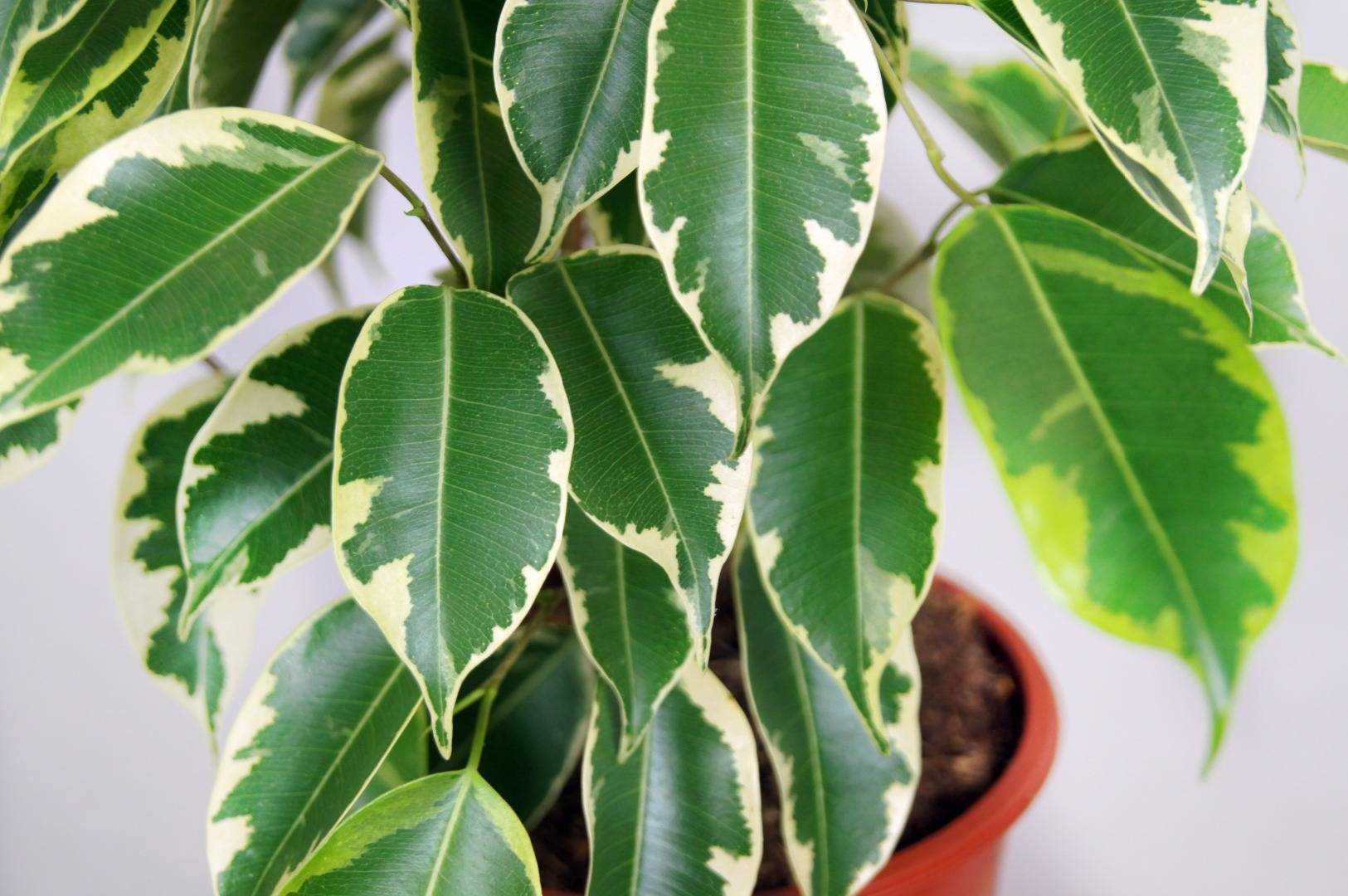
Фикусам требуется около 10-12 часов света в день, чтобы хорошо развиваться и сохранять свою декоративность. Важно помнить, что длительность сезонного освещения может варьироваться. Например, зимой, когда дневное световое время сокращается, проследите, чтобы растение получало необходимое количество света с помощью дополнительного освещения.
Установка правильного освещения для фикуса является важным аспектом его ухода. Следуйте этим рекомендациям, чтобы обеспечить растению оптимальные условия для роста и развития.
Оптимальная температура для роста
Фикус является растением, которое происходит из тропических и субтропических регионов, поэтому ему необходимы определенные условия для роста и развития. Одним из важных факторов является температура.
Оптимальная температура для фикуса в домашних условиях составляет от 18 до 24 градусов Цельсия. В это время растение активно растет и развивается.
Низкая температура ниже 12 градусов может повредить растение и привести к его заморозкам, поэтому не рекомендуется располагать фикус в холодных помещениях или близко к окнам, через которые может проникать холодный воздух.
Высокая температура свыше 24 градусов также может быть опасной для фикуса. Это может привести к пересыханию почвы и ожогам листьев. Поэтому в жаркий сезон рекомендуется опрыскивать листья растения и обеспечивать достаточную влажность вокруг него.
Кроме того, важно учитывать, что фикусы не переносят резких перепадов температуры. Поэтому обязательно защищайте растение от сквозняков и остерегайтесь резких изменений температуры в помещении.
Влажность воздуха: важный аспект ухода
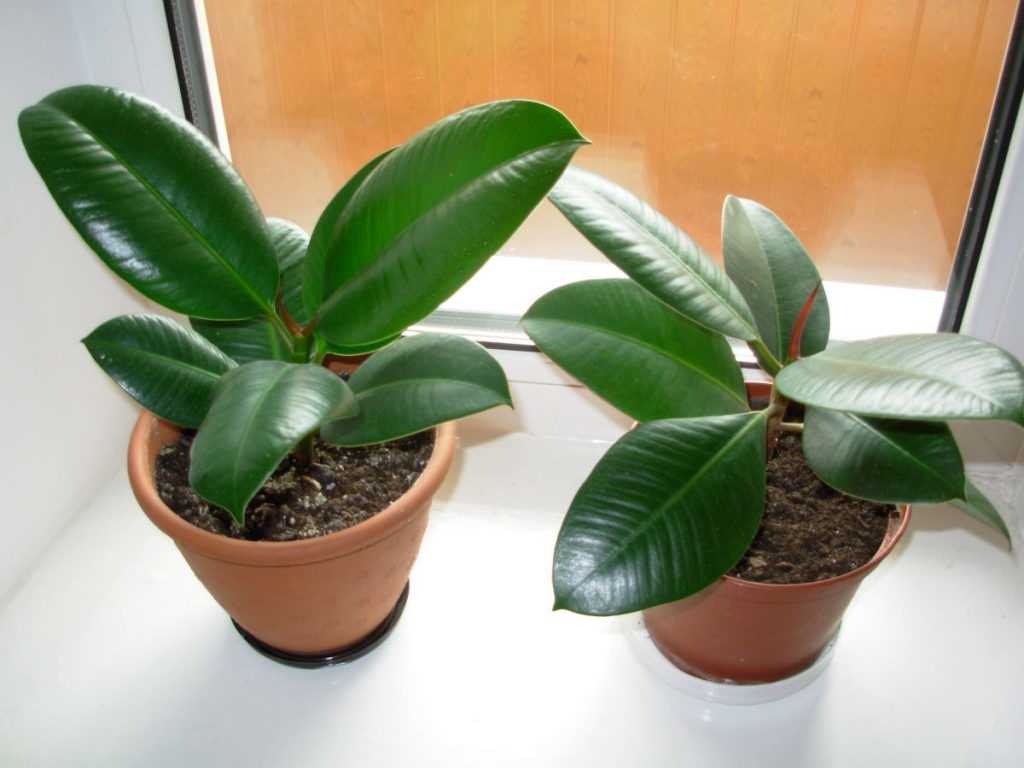
Фикус – растение тропического происхождения, поэтому ему необходима достаточная влажность воздуха для нормального развития. Низкая влажность может негативно сказаться на здоровье растения и привести к его засыханию и появлению болезней.
Для поддержания оптимальной влажности воздуха вокруг фикуса можно использовать несколько простых методов:
- Распыление воды. Регулярное распыление воды на листву фикуса поможет увлажнить воздух вокруг растения. Для этого можно использовать специальный распылитель или просто брызгать воду из распылительной бутылки.
- Увлажнители воздуха. Установка увлажнителя воздуха в помещении, где находится фикус, поможет поддерживать оптимальную влажность. Увлажнитель можно приобрести в магазине или использовать простые методы, например, разместить недалеко от растения открытую емкость с водой.
- Группировка растений. Если в комнате, где находится фикус, есть другие растения, их группировка может помочь увеличить влажность воздуха вокруг них. Растения испаряют влагу через листья, что создает более влажную атмосферу.
Следует помнить, что при слишком высокой влажности воздуха возможно появление грибковых заболеваний у фикуса. Поэтому важно поддерживать оптимальный баланс влажности, который будет способствовать здоровому росту и развитию растения.
Полив: режим, частота и объем
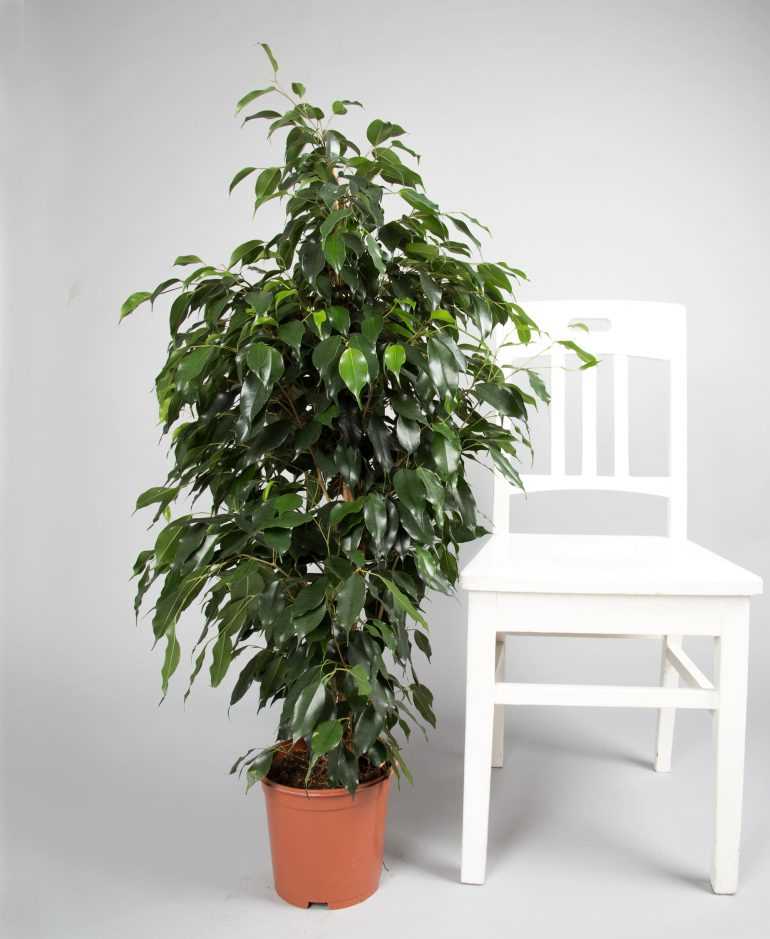
Полив является одним из важнейших аспектов заботы о фикусе в домашних условиях. Чтобы растение оставалось здоровым и красивым, необходимо правильно организовать полив.
Режим полива зависит от времени года и условий содержания фикуса. В теплый сезон, когда активность растения высока, полив необходимо проводить чаще. Частота полива также зависит от влажности почвы. Для определения необходимости полива следует проверить верхний слой почвы — если он высох, то пора поливать растение.
Объем полива должен быть достаточным, чтобы вода проникала вглубь грунта и достигала корней фикуса. Однако не стоит заливать растение, так как переизбыток воды может привести к гниению корней. При поливе следует учитывать размер горшка и степень его проницаемости — например, фикусу с грунтом в глиняном горшке может потребоваться меньше воды, чем в горшке с пластиковым дном.
Важно помнить, что полив необходимо проводить осторожно, чтобы избежать попадания воды на листья фикуса. Влага на листьях может вызывать появление гнили и болезней. Исключением является полив душем — увлажнение листьев мягкой водой, которое необходимо для сохранения влажности воздуха в помещении, особенно в жаркий сезон или в зимний период отопления.
Удобрение: как и когда применять
Удобрение играет важную роль в уходе за фикусом и помогает обеспечить его правильным количеством питательных веществ. Правильное применение удобрения позволяет достичь красивого и здорового роста растения.
Какое удобрение выбрать?
Для фикуса рекомендуется использовать специальные удобрения для комнатных растений. Они содержат необходимый набор макро- и микроэлементов, которые способствуют развитию растения. Важно обратить внимание на пропорции элементов в удобрении: фосфор, калий и азот должны быть в нужном соотношении.
Когда применять удобрение?
Фикус необходимо удобрять в период активного роста — весной и летом. Зимой растение находится в состоянии покоя, поэтому удобрение не требуется. Частота удобрения также зависит от типа удобрения. Обычно фикус удобряют раз в 2-4 недели, следуя указаниям на упаковке выбранного удобрения.
Как правильно применить удобрение?
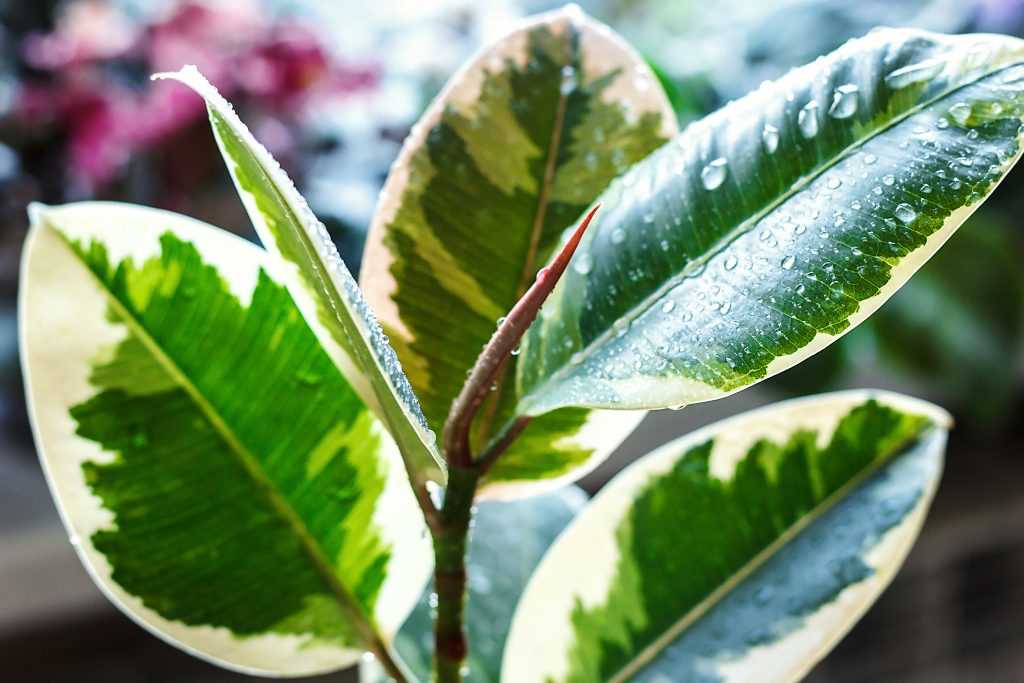
Прежде чем применить удобрение, растение следует полить обычной водой. Удобрение разводят в соответствии с указанными пропорциями на упаковке и подкладывают в горшок с землей. При применении необходимо осторожно следить за дозировкой, чтобы не переборщить и не вызвать перегрузку растения питательными веществами. Также рекомендуется придерживаться указанных сроков применения и не переносить их, чтобы не нарушить естественные процессы роста растения.
Кроме удобрений для корней можно использовать и листовые удобрения, которые наносят на листья растения. Листовое удобрение позволяет растению быстро получить необходимые питательные вещества и улучшает их усвоение.
Правильное применение удобрения способствует здоровому росту и развитию фикуса. Помните, что перебор или неправильное применение удобрения может нанести вред растению, поэтому следуйте рекомендациям производителей и учитывайте особенности своего фикуса.
Так стоп!!! Вы всё ещё не подписаны на наши каналы в Телеграмм и Дзен? Посмотрите: ТГ - (@historyfantasydetectivechat) и Дзен (https://dzen.ru/myshortsstorys)
Обрезка и формирование кроны
Обрезка и формирование кроны являются важным этапом ухода за фикусом. Они нужны для того, чтобы растение имело красивую, здоровую и сбалансированную форму.
Прежде всего, необходимо убрать все сухие, поврежденные или больные ветки. Они могут быть источником заболеваний и вредителей. Для этого используются острые садовые ножницы или пилки.
Также стоит обратить внимание на формирование кроны. Если вы хотите, чтобы фикус был кустистым и пышным, рекомендуется срезать верхушку центральной едущей ветки, чтобы стимулировать рост боковых побегов.
Не забывайте, что обрезка фикуса лучше проводить весной или летом, когда растение активно растет. Также следует учитывать, что фикус быстро регенерирует и может отрастить новые ветки даже после сильного обрезания.
Борьба с вредителями и болезнями
Фикус является одним из самых популярных комнатных растений, но он также может подвергаться атакам различных вредителей. Одним из таких вредителей является щитовка. Она проникает на растение и покрывает его плотным восковым покровом, который служит защитой от химических препаратов. Чтобы удалить щитовку, рекомендуется протереть листья растения влажной тряпкой, смоченной в теплой воде и с мылом. Если этого недостаточно, можно использовать различные насекомые пестициды.
Одной из наиболее распространенных болезней фикуса является антракноз. Она проявляется в виде коричневых пятен на листьях, которые со временем распространяются и вызывают их отмирание. Для борьбы с антракнозом рекомендуется срочно удалить пораженные листья, чтобы они не заражали остальные части растения.
Еще одним популярным вредителем является паутинный клещ. При наличии этих вредителей на растении, на листьях появляются тонкие паутинообразные нити. Для борьбы с паутинным клещом рекомендуется регулярно опрыскивать фикус водой или использовать специальные инсектициды, которые эффективно уничтожают этих вредителей.
Кроме того, ограниченный доступ солнечного света, переувлажнение почвы и недостаток питательных веществ также могут стать причинами возникновения различных болезней и вредителей на фикусе. Поэтому рекомендуется регулярно проветривать помещение, избегать переувлажнения и обеспечивать достаточное количество света и умеренное поливание. Это поможет укрепить растение и уменьшить риск возникновения проблем.
Пересадка растения: несколько советов
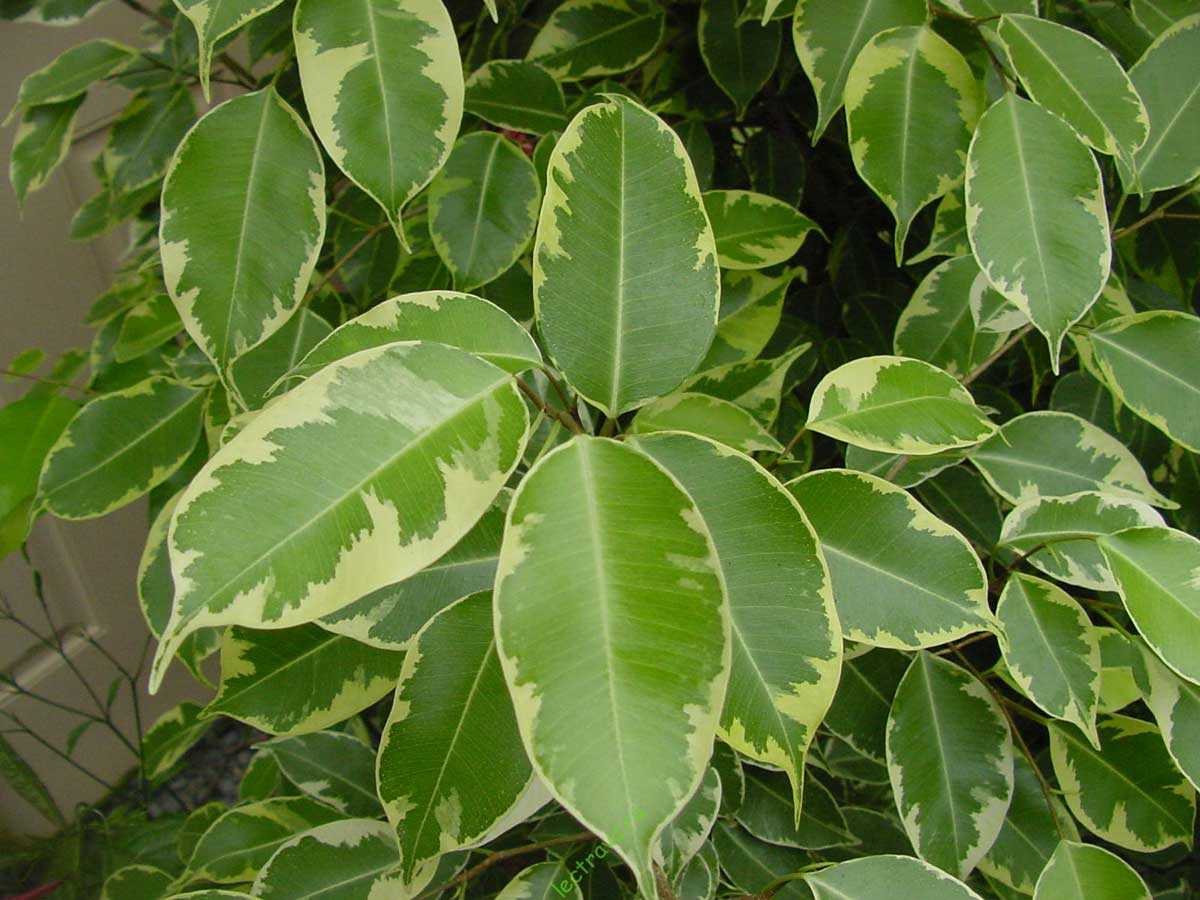
Пересадка фикуса – одна из важнейших процедур в уходе за растением. Ее проводят, когда корни фикуса заполнили весь горшок или стали выглядеть переплетенными и переросшими. Для успешной пересадки фикуса можно следовать нескольким советам.
Выбор подходящего горшка
При выборе нового горшка для фикуса следует учитывать его размер и материал. Горшок не должен быть слишком большим, чтобы корни растения не были свободными и не теряли доступа к воде и питательным веществам. Желательно выбирать горшки из глины – они обеспечивают лучшую вентиляцию и позволяют корням дышать.
Подготовка грунта
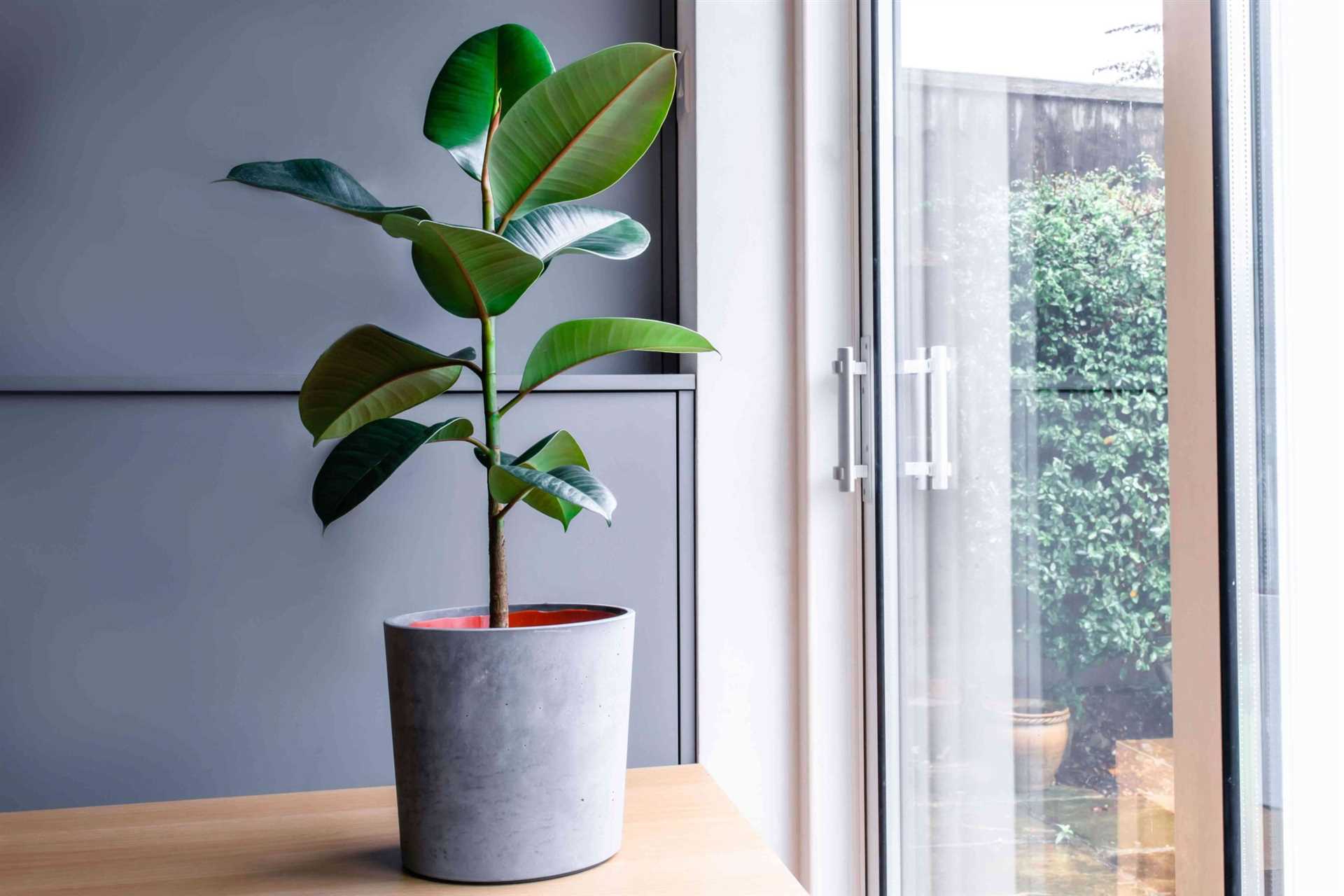
Для пересадки фикуса необходимо подготовить питательный грунт. Оптимальным вариантом является смесь из земли, перегноя и песка. Земля должна быть рыхлой, позволяющей корням растения развиваться свободно. Также можно добавить немного перлита или вермикулита для улучшения воздушности грунта.
Правильная техника пересадки
Перед пересадкой фикуса необходимо обильно полить растение, чтобы земля легко разомкнулась. Затем аккуратно достать растение из старого горшка, стараясь не повредить корни. Если корни сильно заплетены, их можно осторожно разделить пальцами или ножом. Положите растение в новый горшок, добавьте грунт, чтобы заполнить пустое пространство, и немного придавите. После пересадки обильно полейте фикус и оставьте его на несколько дней в тени для адаптации.
Размножение фикуса: простые способы
Фикус – популярное растение, которое можно размножать различными способами. Это позволяет получить новые экземпляры растения без необходимости покупки. Размножение фикуса является довольно простой процедурой, которую может освоить даже начинающий цветовод.
Размножение с помощью черенков – один из самых распространенных способов размножения фикуса. Для этого необходимо отрезать здоровую и зрелую веточку с растением. Затем, отделите листы на нижней части черенка и оставьте только два или три верхних листа. Посадите черенок в легкую и плодородную почву, обеспечьте его постоянное увлажнение. Через несколько недель у корешков должны появиться корни, а рост черенка пойдет вверх.
Размножение через воздушные корешки – это еще один способ, который позволяет получить новые растения с помощью фикуса. Для этого выберите здоровую и сильную ветку растения, надежно зафиксируйте ее в горшке с плодородной почвой. Затем, надрежьте кору на выбранной ветке и покройте рану специальной смесью из садовой земли и сфагнума. Увлажняйте рану регулярно, чтобы стимулировать появление воздушных корней. Через несколько недель корни будут готовы для отделения от родительского растения и посадки в отдельный горшок.
Размножение с помощью семян – это самый долгий и непредсказуемый способ размножения фикуса. Растение, выращенное из семени, может значительно отличаться от родительского экземпляра по характеристикам и внешнему виду. Для получения новых растений посадите семена фикуса в плодородную почву и обеспечьте им постоянное увлажнение. Ожидайте прорастания семян в течение нескольких недель и пересадите молодые растения в отдельные горшки по мере их роста.
В целом, размножение фикуса – это увлекательный и интересный процесс, который позволяет получить новые растения и расширить коллекцию цветов в доме или огороде. Выберите способ, который вам больше нравится, и попробуйте размножение фикуса своими руками!
Зимний уход: что нужно знать
Во время зимы фикус нужно особенно беречь и обеспечивать ему необходимый уход. Стоит учесть несколько важных моментов.
Температура и освещение
В зимний период фикусу необходимо обеспечить достаточную температуру в помещении. Идеальная температура для фикуса в зимнее время составляет около 16-18 градусов Цельсия. Также, необходимо предоставить фикусу яркое, но рассеянное освещение. Он может плохо реагировать на прямые солнечные лучи, поэтому рекомендуется устанавливать его вблизи окна, но так, чтобы прямые лучи солнца не падали на растение.
Полив
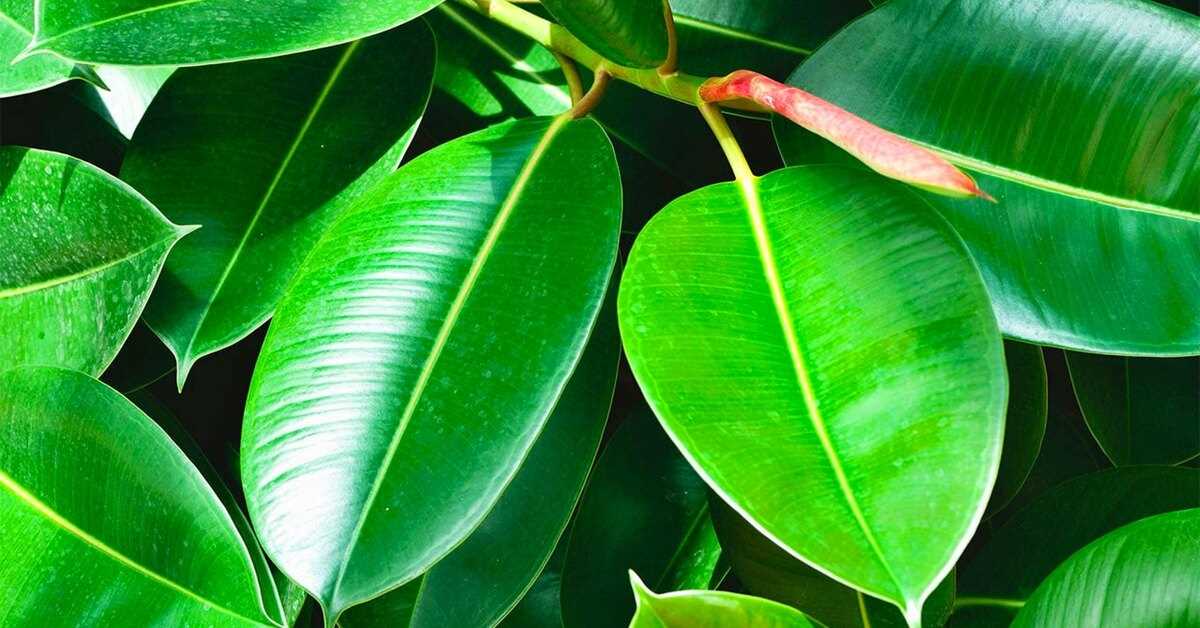
Зимой растение нужно поливать умеренно. Частота полива зависит от условий содержания, но в среднем фикус поливают раз в 7-10 дней. Важно помнить, что почва должна быть слегка влажной и не пересушенной. Для полива фикуса рекомендуется использовать отстоянную воду комнатной температуры.
Удобрение
Зимой удобрение фикуса следует уменьшить или полностью прекратить, так как растение находится в состоянии покоя и не нуждается в активном питании. Лишнее удобрение может привести к перегрузке корневой системы и развитию заболеваний.
Притирка листьев и опрыскивание
В зимний период рекомендуется притирать листья фикуса влажной губкой или мягкой тряпкой, чтобы удалить пыль и поддержать оптимальный водный баланс растения. Избегайте опрыскивания фикуса в холодное время года, так как это может привести к образованию пятен на листьях и их гниению.
Следуя этим рекомендациям, вы сможете обеспечить правильный уход за фикусом в зимний период и подарить ему здоровье и красоту.
Как создать оптимальное микроклиматическое окружение
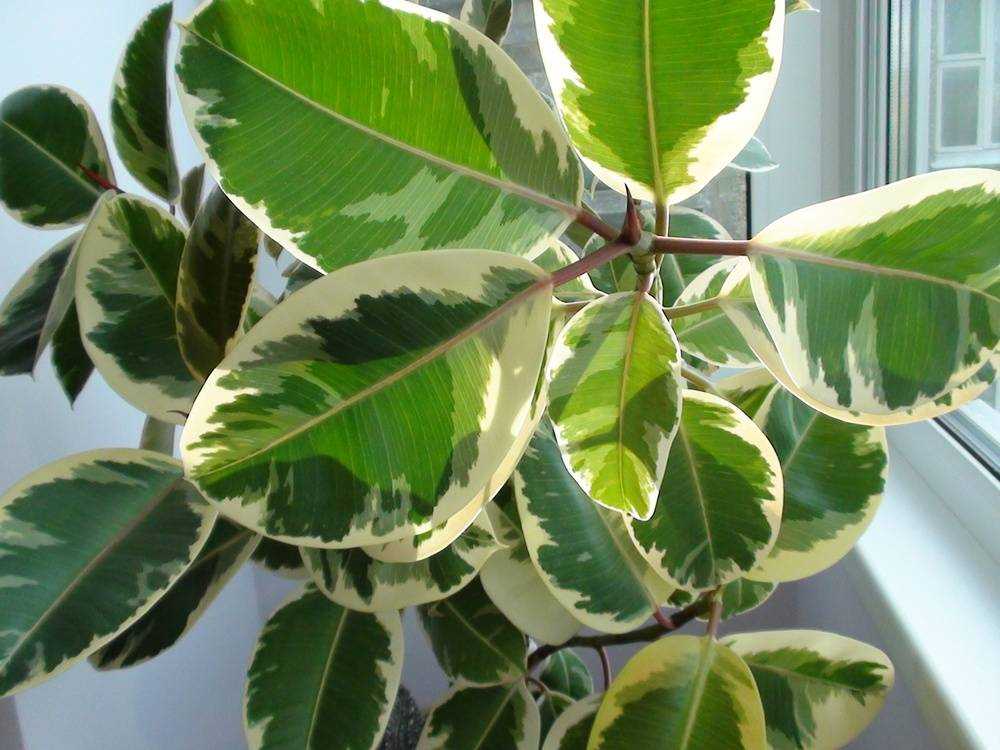
Оптимальное микроклиматическое окружение является ключевым фактором для здоровья и хорошего роста комнатных растений, в том числе и фикуса. Следуя нескольким простым рекомендациям, вы сможете обеспечить своему растению комфортные условия и помочь ему процветать.
Температура
Фикус предпочитает теплый климат, поэтому оптимальная температура для него составляет 20-25 градусов Цельсия. Зимой рекомендуется снизить температуру до 16-18 градусов для создания условий покоя. Важно избегать перепадов температур и сквозняков, поскольку они могут негативно сказываться на здоровье растения.
Влажность воздуха
Фикусу требуется высокая влажность воздуха, особенно в жаркую летнюю погоду. Для поддержания оптимальной влажности можно использовать различные методы. Например, распыление воды на листья растения или установка увлажнителя в помещении. Кроме того, полезно регулярно протирать листья влажной губкой, чтобы предотвратить образование пыли на их поверхности.
Освещение
Фикус любит яркое освещение, но не переносит прямые солнечные лучи, особенно в жаркие часы дня. Рекомендуется размещать растение на окне с западной или восточной стороны или использовать затенение, чтобы предотвратить ожоги на листьях. Если у вас не хватает естественного света, можно использовать искусственное освещение, например, лампы с цветовой температурой около 6000 К.
Важно помнить, что каждое растение имеет свои индивидуальные потребности в микроклимате. Следите за состоянием фикуса, наблюдайте его реакцию на условия окружающей среды и при необходимости вносите коррективы. Только так вы сможете создать оптимальное микроклиматическое окружение и обеспечить своему фикусу благоприятные условия для роста и развития.
Вопрос-ответ:
Фикусу необходимо яркое освещение, но без прямых солнечных лучей. Температура должна быть комфортной для человека, примерно 20-25 градусов. Важно обеспечить повышенную влажность воздуха, можно использовать увлажнители или регулярно опрыскивать растение водой.
Какой грунт подходит для фикуса?
Для фикуса подходит универсальный грунт для комнатных растений или смесь листовой земли, перегноя и песка, взятых в равных пропорциях.
Как часто нужно поливать фикус?
Частота полива зависит от сезона и условий содержания. В летний период фикус поливают чаще – примерно раз в неделю. Зимой частота поливов снижается, и растение поливают гораздо реже – раз в 2-3 недели.
Как удобрять фикус?
Фикус можно удобрять в период активного роста, примерно раз в две недели. Для этого используют специальные удобрения для комнатных растений, следуя инструкции на упаковке. Удобрения можно наносить как на грунт, так и на листья растения.
Какие проблемы могут возникнуть при выращивании фикуса?

